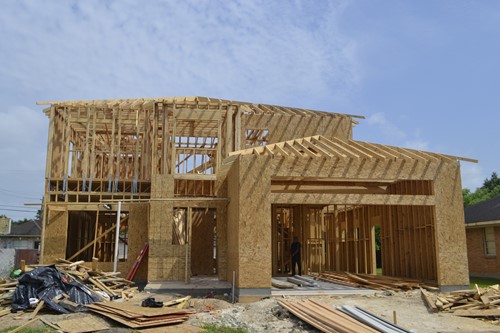
Home builders have used concrete in foundation creation for centuries. While a concrete slab is not your only choice of foundation type, it’s the most commonly used across all climates. While a concrete slab foundation might be the best option for some, there are some downsides. Here is a guide to the main pros & cons of having a concrete slab foundation:
Advantages of slab concrete foundations
- Slab foundations dry quicker than a basement foundation or crawlspace, allowing construction to move forward sooner without delays.
- A concrete slab provides more protection against termites and other insects that could otherwise enter the home through open spaces under the home.
- Slab foundations minimize the risk of water damage and chance of radon gas leakage into the home.
- Concrete slab foundations are the most cost-effective choice for foundation type.
Disadvantages of slab concrete foundations
- With a concrete slab foundation, there is no basement or crawlspace. This means a lack of opportunity to use a basement as additional storage or living space. Also, heating and cooling systems that could otherwise be installed in the crawlspace beneath the house will instead take up space inside on the first floor.
- Slabs can crack. While this type of foundation is extremely sturdy, it’s not invincible. Tree roots, soil erosion, frozen ground and earthquakes can all cause cracks, which are difficult and expensive to repair.
- Concrete slab foundations necessitate additional insulation for ground-floor ductwork. Without additional insulation, heating and cooling ducts cannot maintain proper temperature.
Is a concrete slab foundation right for your new home? Whether you’re building or buying a new house, consider these pros and cons of slab foundation to make the best decision for your home.
About the Author

Olivia Coppola
Hi, I'm Olivia Coppola and I'd love to assist you. Whether you're in the research phase at the beginning of your real estate search or you know exactly what you're looking for, you'll benefit from having a real estate professional by your side. I'd be honored to put my real estate experience to work for you.